Keloids
Understanding Keloids: Causes, Symptoms, and Treatment
Keloids are a distinctive type of raised scar that forms when the skin overproduces collagen in response to an injury or trauma. These scars result in an excess growth of scar tissue that extends beyond the original wound site. Keloids can develop after skin injuries, piercings, or surgical procedures, and they often become raised, itchy, or even painful. At Cumberland Skin, we recognize that keloids are more than just a cosmetic concern, as they can cause significant discomfort and affect individuals with diverse skin types.
Advanced Keloid Treatment at Cumberland Skin
Our expert dermatologists are highly skilled in diagnosing and treating keloids, offering advanced solutions tailored to your specific skin characteristics. We understand the challenges that come with managing keloids and are committed to providing personalized care to help reduce their appearance and alleviate associated symptoms.If you’re seeking effective management for keloids, schedule an appointment with one of our experienced providers at Cumberland Skin. We will conduct a thorough evaluation and develop a personalized treatment plan to ensure the health and aesthetics of your skin are maintained. Let us help you achieve smoother, healthier skin.
Examples of Keloid
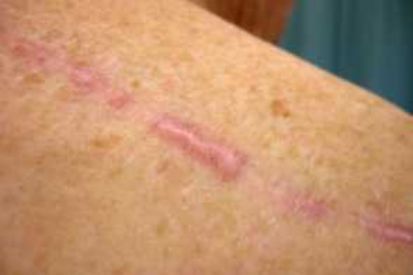
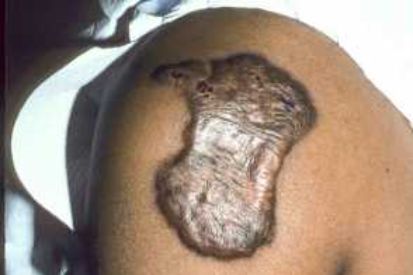
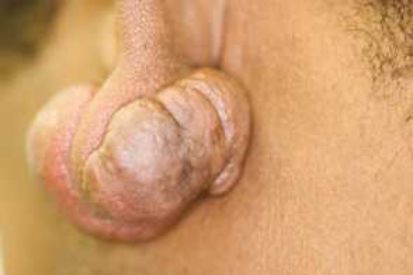
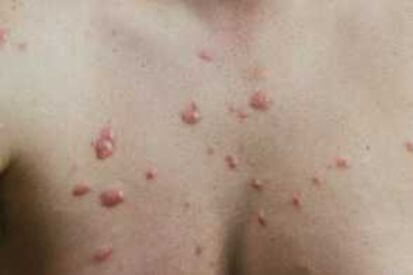
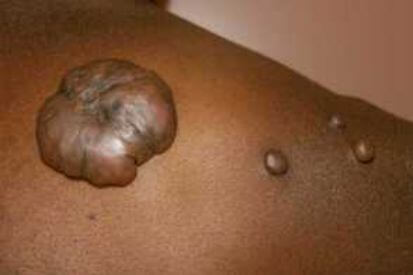
What are the Symptoms of Keloids?
- Raised and overgrown tissue extending beyond the borders of the original wound, forming a raised scar.
- Distinct coloration compared to the surrounding skin, appearing pink, red, brown, or darker.
- Itching and burning sensations at the site of the scar.
- Continuous growth.
- Triggered by trauma incidents such as burns, cuts, surgical wounds, or even after conditions like chickenpox.
- Recurrence or propensity to recur even after removal or treatment.
- Restricted mobility when keloids form over joints or areas of movement due to their firm and raised nature.
Causes of Keloids
- Abnormal response to skin injury or trauma, where the body produces an excess of collagen during the healing process.
- Genetic predisposition plays a role, with susceptibility varying among individuals.
- Skin type is a contributing factor, with darker skin tones, including African, Asian, or Hispanic, being more prone to keloids.
- The type of injury or trauma, especially repetitive incidents like piercing or tattooing, can increase the risk of keloid development.
How to Prevent Keloids
Preventing keloids involves taking proactive measures to reduce the risk of excessive scar formation, especially after skin-related injuries or procedures. Here are some strategies to help prevent keloids:
- Early Wound Care: Practice proper wound care by cleaning cuts, burns, or surgical incisions with mild soap and water. Keep the area covered with a sterile bandage until it heals.
- Pressure Therapy: Apply pressure to healing wounds using specialized dressings or bandages. This technique can help flatten scars and minimize the risk of keloid formation.
- Avoidance of Irritants: Minimize exposure to irritants, such as clothing that rubs against the healing wound. Choose loose, breathable fabrics to reduce friction.
- Steroid Injections: In cases where individuals are prone to keloids, dermatologists may recommend corticosteroid injections into the healing tissue to prevent keloid formation. These injections help reduce inflammation and excess collagen production.
- Moisturization: Keep the healing skin well-moisturized with a quality moisturizer. Well-hydrated skin is less prone to developing abnormal scars.
- Sun Protection: Protect healing scars from sun exposure, as UV rays can worsen scarring. Use sunscreen with a high SPF on the healing area when exposed to sunlight.
- Avoidance of Body Piercings: If you are prone to keloids, consider avoiding body piercings or tattoos, as they can trigger excessive scar tissue formation.
- Early Treatment of Acne and Infections: Promptly treat acne and skin infections to minimize the risk of scarring. Consulting with a dermatologist for effective management is crucial.
It's essential to note that not all keloids can be prevented, especially in individuals with a strong genetic predisposition.
Keloids FAQs
Keloids are generally not harmful to your health, but they can cause cosmetic concerns and discomfort. Dermatologists can help manage keloids to improve their appearance and reduce symptoms.
While both keloids and hypertrophic scars are forms of excessive scarring, keloids extend beyond the boundaries of the original wound and can continue to grow over time. Hypertrophic scars, on the other hand, stay within the confines of the wound.
Keloids are generally painless, but they can sometimes be itchy or tender. Scratching should be avoided to prevent irritation and further growth. Dermatologists can recommend strategies to relieve itching.
Keloids usually don't go away on their own. They may continue to grow over time. Seeking dermatological advice early on is crucial for proper management and to prevent them from becoming larger.
How to Treat Keloids
Our skin experts can determine your treatment plan for keloids. Schedule an appointment today to start your healthy skin journey.
Related Blog Posts

- Skin Cancer
- Skin Exams
It’s time to face the facts: skin cancer can develop in individuals of all skin colors, including those with darker skin tones.
Read More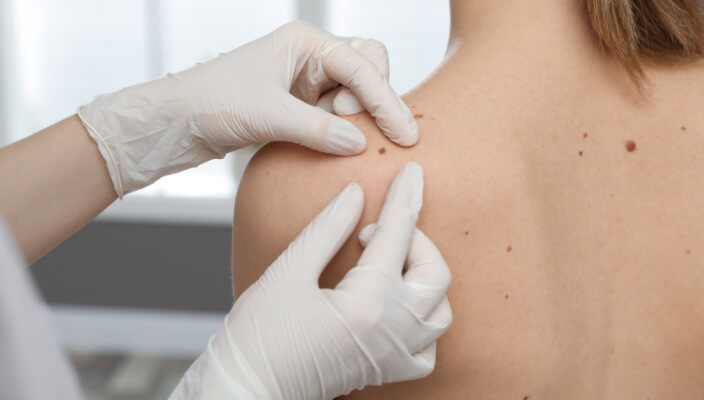
- General Dermatology
- Skin Exams
Preparing for your first dermatology appointment is important because it ensures everything goes as smoothly as possible and that your doctor is up-to-date on the status of your overall health and wellbeing. Here are our expert tips.
Read More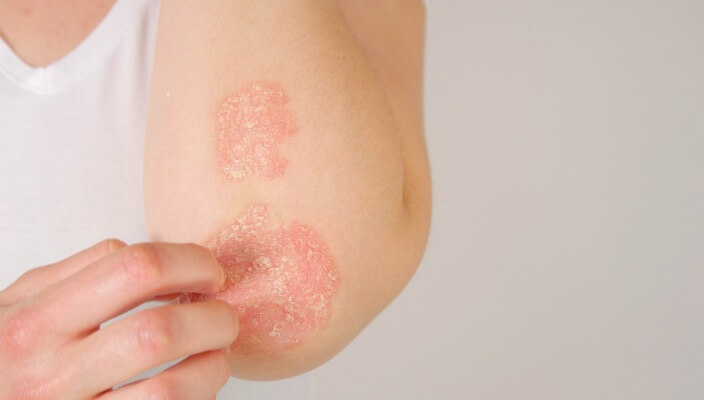
- General Dermatology
- Chronic Skin Conditions
Learn the differences between dry skin, eczema, and psoriasis, their distinct characteristics, and potential triggers. Gain valuable insights into identifying symptoms and seeking appropriate treatment to effectively managing these common skin conditions.
Read MoreFeatured Products

iS Clinical Sheald Recovery Balm
SHEALD Recovery Balm is a moisture-rich formula that dramatically replenishes hydration to dry, sensitive, or compromised skin. This fortifying remedy works overtime to help support the skin’s function while soothing, curative botanicals relieve discomfort of dry, distressed, and post-procedure skin. Clinically proven to provide environmental protection. 60 g e Net wt. 2 oz.

SkinCeuticals Simply Clean Gel Cleanser
Simply Clean is a powerful makeup removing cleanser formulated with an amino acid surfactant system and a 6% concentration combining sulfonic acid (HEPES), glycerin, chamomile and aloe extracts, orange oil, and citric acid to gently exfoliate uneven or rough skin. This unique gel cleanser efficiently removes waterproof makeup and excess oil to leave skin feeling clean and primed for in-office treatments and at-home cosmeceutical use. Tested pre-procedure.


